Your brand’s health can affect your success and growth. A strong brand health will give you a competitive edge in a rapidly changing global marketplace. It can help customers, both existing and new, to gain a better perception of your business and trust you more. By tracking your brand health, you’re able to measure the value that your brand brings and position yourself for growth. You’re also able to build stronger, better relationships with your customers and employees.
However, brands can also get “sick”. Problems will arise and, when left unchecked, can grow to become bigger issues that may be more difficult to address. Declining brand health can look like inconsistent engagement, lower market shares, a dip in quality, and lost brand personality.
How do you measure your brand’s performance? Does your audience recognize your brand? Are you able to stand up to the competition?
While it might be difficult to diagnose your own brand health, there are plenty of tools available to help you gauge your brand’s performance. We’re sharing a list of the 10 best brand health tools and software, as well as key brand health metrics to look out to keep your brand strong, healthy, and geared for success.
The 10 Best Brand Health Tracking Tools and Software:
What is Brand Health?
Brand health refers to a set of metrics that determine your brand’s performance. This includes your customers’ perception and awareness of your brand and what you’re offering, as well as the role your brand plays in your business. It also covers how well your brand performs against the competition.
Brand health offers insights as to whether your brand is thriving or in decline. It also paints a picture of the reliability of your brand. By being able to understand these key factors, you’re able to get insights on where your brand currently stands, as well as identify and address any potential issues or risks before they can do serious damage to your brand.
Why Should You Track Brand Health?
Just because a brand is healthy and is performing well doesn’t mean that it won’t become weak. Not doing regular brand health checks can give rise to issues that can hamper your growth.
Measuring and monitoring your brand health allows you to assess your brand’s performance within the context of your target audience, its strengths and weaknesses, and what could be preventing you from achieving your goals. It also helps you spot brand advocates along with well as negative trends or perceptions, allowing you to quickly address them both.
Furthermore, tracking your brand health gives you a better idea of how well your campaigns are doing—or aren’t doing—and where you should be directing your marketing strategies.
Your brand health is one of your business’s most important assets, which is why tracking your brand health should be a top priority and should ideally be a key component in your brand strategy.
What Can Cause Brand Health to Decline?
There are several factors that can adversely affect your brand health. You may have foregone brand health tracking and ignored the warning signs. You may be stuck in your comfort zone and unwilling to change with evolving market and customer demands.
Additionally, having a narrow focus can contribute to your brand’s declining health. Consequently, having a very broad focus and dipping your toes into many markets can dilute your brand and cause it to lose its essence. Or you may find yourself working within a dying market.
While these paint a dire picture of what brands could potentially become, you can take proactive steps to improve your brand’s health. To do so, you first need to identify the problems that are affecting your brand. For example, you could be getting more negative mentions or your audience isn’t as interested in your brand.
For this, you’ll need to leverage data to gain actionable insights, such as whether your brand is consistent or if it’s still able to meet your customer’s needs. Data can also shed some light on your products, whether they’re still capable of addressing your target audience’s pain points or if you need to change it up so it offers more tangible value.
Once you’ve determined what your problems are, you’ll need to create actionable, realistic goals that can improve your short-term and long-term turnaround. What do you want to achieve in six months? How do you want your brand health to look like in 24 months? For example, you may want to work on improving your net promoter score or addressing the lack of purchase intent from your audience.
Lastly, to find out if you’re making progress, it’s important to keep track of your improvements.
5 Key Brand Health Metrics You Need to Track
To find out what it is you need to be looking out for, here are five key brand health metrics you need to keep track of:
-
Brand awareness
Is your target audience able to remember your brand? Does it come first to mind when they’re thinking about a particular product or service?
Brand awareness, along with accompanying metrics like brand perception, brand mentions on social media, customer reviews, and website traffic are key components in measuring your brand health. It gauges your audience’s ability to recognize your brand and is often associated with a brand’s health.
-
Purchase intent
How prepared are your customers to purchase from you?
Just because people know your brand doesn’t automatically mean that they’re going to buy your products or patronize our service. Each customer goes on a unique buyer’s journey. At each stage, they go through a different purchase intent status, from informational to transactional.
To find out where you stand when it comes to purchase intent, check your churn rate. You can also measure purchase intent by checking how many customers don’t purchase your full product after using its trial version.
Ideally, if you want to have a better brand health, you’ll need to address your passive customer group, or individuals who haven’t yet started their buyer’s journey.
-
Brand reputation
Brand reputation is another key metric that determines your brand’s health. Conversations about your brand will take place, but not all of these conversations and perceptions are positive.
Using brand health tools that let you conduct social listening can help you analyze these conversations and brand mentions to uncover brand sentiments. This lets you take action for different types of conversations, whether they’re positive, negative, or neutral, thereby allowing you to protect your brand and maintain its reputation.
-
Net promoter score (NPS)
Your net promoter score (NPS) shows your brand’s health by showing how likely it is for your audience to positively or negatively respond to your brand. You can do this by finding the difference between the number of positive online mentions against the negative ones.
To find your NPS, you can subtract the percentage of the negative mentions (or detractor) from the percentage of your promoters who give positive mentions of your brand. A higher NPS means that your online sentiment is generally good and that more people like your brand, product, or service. On the other hand, a lower NPS means that you need to work on improving your brand reputation and take steps to improve how your audience perceives and interacts with your brand.
Once done, you can ask follow-up questions that will give more context as to why you’re getting this particular score from a certain group.
-
Share of voice (SOV)
Simply put, share of voice (SOV) shows how your brand is doing in conversations against your competitors, whether it’s dominating them or is underperforming. SOV also indirectly sheds light on brand awareness, another crucial brand health metric.
To determine your brand’s share of voice, you need to use a social listening tool.
Several of the brand health tools and software on our list have built-in social listening tools or have integrations with your favorite social listening tool. These can analyze conversations and calculate how your brand is performing against your competitors. From there, you can look deeper into these insights to find out what the other successful competitors are doing that make it possible for their brands to dominate online conversations.
10 Best Brand Health Tools and Software
With the rapidly changing global market, brands need to be able to adapt quickly. Brandwatch can help you keep up with these changes by allowing you to better understand and engage with your audience. With Brandwatch, you can do in-depth research, monitor your brand’s performance, build a data-driven content strategy, and offer unparalleled experiences to your target audience. Additionally, it lets you protect your brand against potential or emerging threats, allowing you to maintain your reputation and address issues before they become even more serious threats. Brandwatch currently offers two distinct solutions: consumer intelligence and social media management. The former is designed to help you gain a better understanding of consumers. It leverages cutting-edge artificial intelligence for auto segmentation, AI analysis and more, allowing you to optimize unstructured data and gain actionable insights. The latter, meanwhile, is equipped with features that will help you improve your performance on social networks. With Brandwatch’s SMM solution, you can discover and engage your audience in the social media channels they’re on. Brand24 makes social media monitoring smarter for businesses of various sizes. It offers sentiment analysis, allowing you to get a deeper understanding of customer attitudes and take appropriate actions to address potential issues. You’ll also have access to marketing analytics to get actionable insights. It also has a discussion volume chart, which lets you monitor changes in discussion volume, thereby allowing you to take action to protect your brand. Furthermore, Brand24 is equipped with automated sentiment analysis which segments mentions according to how positive, negative, or neutral they are. It also provides instant notifications, which generates alerts for negative mentions. Both of these features are designed to help you protect your brand reputation. In addition to all these features, you can track KPIs and get automated reports. These let you measure your performance by tracking mentions, engagements, and reach. Talkwalker is a consumer intelligence acceleration platform that’s designed to help you keep up with changing customer demands and expectations. It’s an AI-powered platform that generates actionable data from billions of customer signals, translating it into insights that let you quickly identify changes and adapt to them. Talkwalker works by combining internal and external data from consumers and customers to deliver strategic insights for brand growth. It’s equipped with a powerful AI engine that automatically ingests and sorts custom categories into segmented data points, giving you better control over your data. It offers three main products: Marketing Intelligence, Customer Intelligence, and Social Intelligence. Its Marketing Intelligence platform lets you spot emerging consumer trends and changes in how customers engage with your brand. The Customer Intelligence platform lets you analyze consumer data from various sources, allowing you to discover vital customer themes and spot unseen business opportunities. Lastly, its Social Intelligence platform lets you access online consumer conversations about your brand, giving you the opportunity to not only protect your brand’s reputation but also to measure its performance and promote it further. Talkwalker is a well-rounded brand health tracking tool that gives you a holistic view of how consumers and customers perceive your brand and how they interact with it. It also lets you track your brand’s performance in real time against your competitors. Buffer lets you analyze and measure how well you’re performing on social media. It also gives you a more efficient way to engage with your audience by allowing you to quickly respond to them. You get one intuitive analytics dashboard that you can use to track performance and generate reports for social networks like Instagram and Facebook. With Buffer, you’ll also be able to track your content on different social channels in greater depth. For example, you can track engagement metrics for each of your social accounts, as well as get insights on your audience—and whether your brand is reaching the right audience—with its audience demographics feature. Hootsuite is an all-in-one brand health tracking tool that lets you monitor conversations on key topics, brand mentions, and content performance. It also lets you quickly respond to your audience by allowing you to set up custom streams. Furthermore, Hootsuite gives you access to real-time audience insights. This lets you stay on top of online conversations, find thought leaders and brand advocates, and gain a better understanding of how your brand performs and is perceived by your audience. It also lets you integrate your favorite social listening tools, allowing you to discover important consumer insights and market trends, create personalized experiences, build better, more targeted marketing campaigns, and keep track of your brand reputation and brand health. Overall, Hootsuite offers a 360-degree view of your performance on several social networks. It gives you access to customizable and shareable reports and lets you optimize your strategies so you can take steps to improve your brand health, whether it’s by building brand awareness or improving engagement rates. Hootsuite also gives you access to additional tools such as Hootsuite Impact and Hootsuite Amplify, so you can measure your ROI and grow your brand’s reach, respectively. If you want to deliver better brand experiences, then Qualtrics is a good tool to have in your arsenal. It’s a powerful solution that combines a listening engine, actioning capabilities, and predictive intelligence and analytics. It’s designed to give you an in-depth understanding of your customers so you can make informed, impactful decisions that will positively influence your brand health. Qualtrics’ listening tool gives you access to 27 channels and 128 data sources so you get a comprehensive view of how customers perceive your brand. Its predictive AI capabilities let you uncover new and emerging trends, while its automated actions capability automatically relays recommended actions to the appropriate teams, allowing you to deliver better customer service. Qualtrics also offers a range of products for brand health tracking, such as the Design XM, which lets you uncover market trends and understand evolving consumer behavior, and Customer XM, which lets you listen to your customer’s voice and offer better experiences as well as deepen customer loyalty. While it’s positioned as a brand monitoring tool, Awario is also designed to help you track your brand health. Aside from monitoring conversations about your brand, it lets you conduct market research by filtering relevant and meaningful brand mentions. Additionally, you can do competitive brand monitoring with Awario by monitoring client mentions and checking mention sentiment and reach. What’s more, Awario helps you uncover opportunities for growth. It’s designed to let you discover prospects who are looking for businesses like your brand and convert them into leads. It also helps you monitor brand mentions and keywords so you can discover influencers that you may want to work with to grow your brand and expand your reach. Using HubSpot, you can track your brand health by checking impressions, monitoring relevant conversations and brand mentions, and measure engagement. Its CRM platform is versatile and works for sales leaders, marketers, customer service teams, and business owners. With HubSpot CRM, you get a universal inbox that lets you manage all customer communications. The great thing about this software is it integrates with your existing customer service tools, allowing you to personalize your communications. While you can use the free CRM, HubSpot also offers a range of products that you can use together to keep track of your brand health. For example, its Marketing Hub is a software tool that’s designed to increase traffic and run complete inbound marketing campaigns, while its Operations Hub helps curate customer data and automate processes, allowing you to streamline your operations. This brand tracking software provides businesses with accurate consumer insights from over 100 countries. It offers customizable insights so you can identify and track what matters the most to your business. Latana makes use of AI-powered analytics to uncover impactful data while filtering out all the noise. Aside from a customizable intuitive dashboard that lets you easily access all the data you need, it also offers deep yet flexible segmentation by giving you access to granular data from more than 1000 profile attributes. This gives you greater insight into how audiences, particularly niche ones, perceive and interact with your brand. Attest is another versatile brand health tracking tool that lets you do more than just track your brand. It also lets you conduct market analysis, do consumer profiling and creative testing, and improve how you plan and execute product launches. As a brand tracker, Attest lets you measure and monitor your brand’s performance by giving you access to comprehensive consumer data. It lets you see how your brand impacts your target audience and find out whether or not they know about your brand and how well you perform against competitors. By giving you the means to discover how consumers perceive your brand, Attest helps you track your brand health and take the necessary steps to align your brand messaging. It also lets you measure purchase intent and shed some light onto how awareness (or the lack thereof) can affect your business’s revenue. With Attest, you’re also able to identify who among your target audience are existing customers, as well as determine key factors as to why some members of your target audience haven’t been converted into customers yet. With Attest, you get customizable brand tracker survey templates that offer six question types, including single choice, multiple choice, and net promoter score (NPS). You can set up qualifying questions or create a question routing scheme for single and multiple-choice questions. Once done, you can view the results on your interactive dashboard, get result breakdowns, and start identifying trends. 1. Brandwatch Consumer Intelligence
2. Brand24
3. Talkwalker Analytics
4. Buffer
5. Hootsuite
6. Qualtrics
7. Awario
8. HubSpot
9. Latana
10. Attest
Frequently Asked Questions
Why is brand health important?
Brand health determines your brand’s performance. It’s important to measure it so you know how your audience perceives your brand, take steps to improve brand perception, uncover trends and opportunities, and identify any potential problems that may eventually contribute to your brand’s decline.
How can I measure brand health?
You can measure brand health through social listening, engaging in surveys or taking part in focus groups, or getting customer feedback.
What are the best brand health monitoring tools?
Some of the best brand health monitoring tools available today include Hootsuite, Qualtrics, Brandwatch, Brand24, Talkwalker, and Attest.

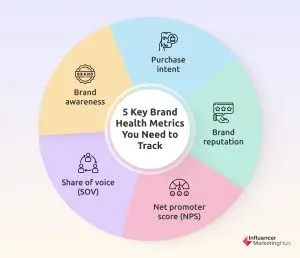




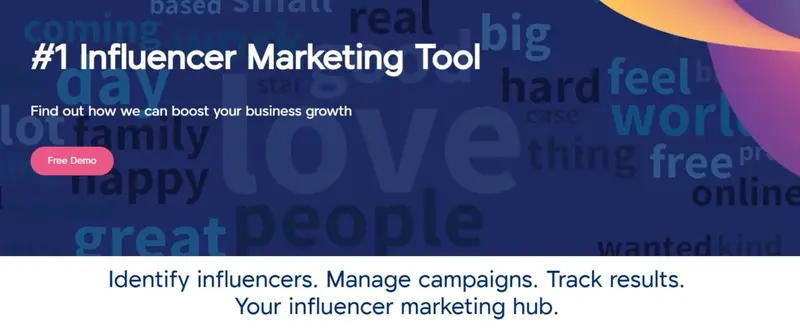

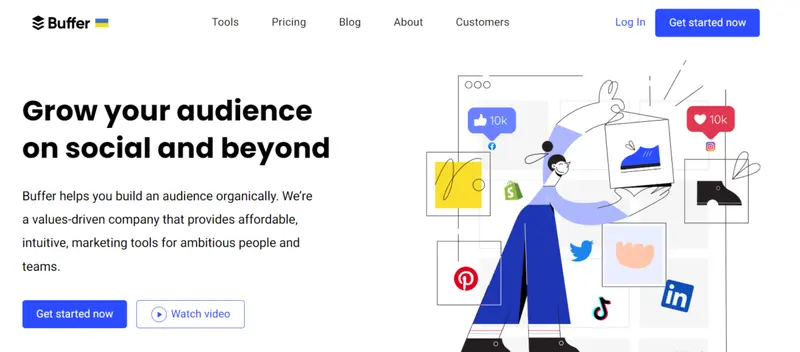



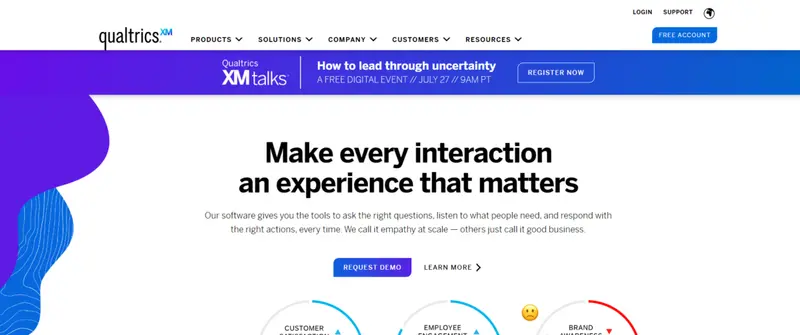
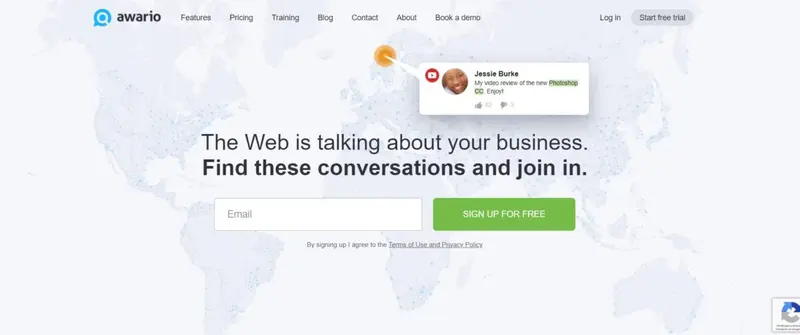
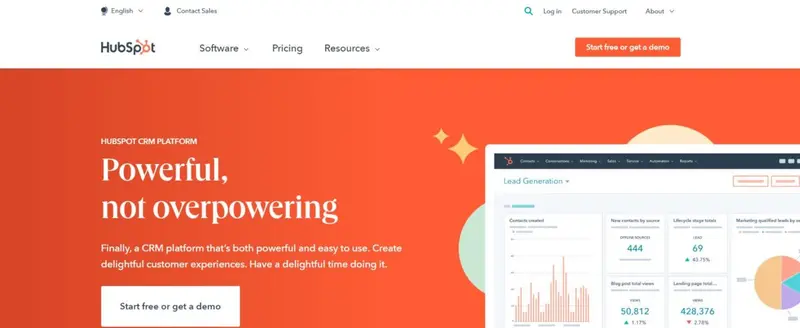



![22 Social Media Monitoring Tools for 2025 [Tools to Monitor Brand Mentions]](https://s.influencermarketinghub.com/imaginary/resize?width=400&height=200&type=webp&url=https://influencermarketinghub.com/wp-content/uploads/2019/02/Social-Media-Monitoring-Tools.png)